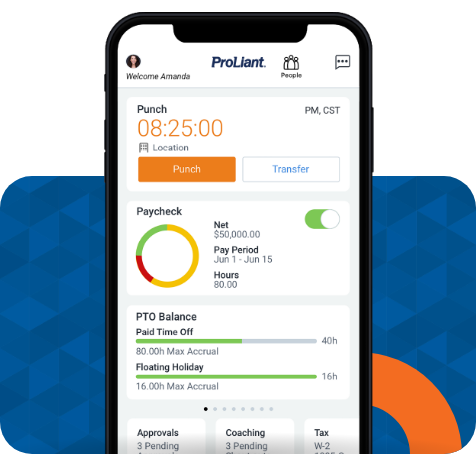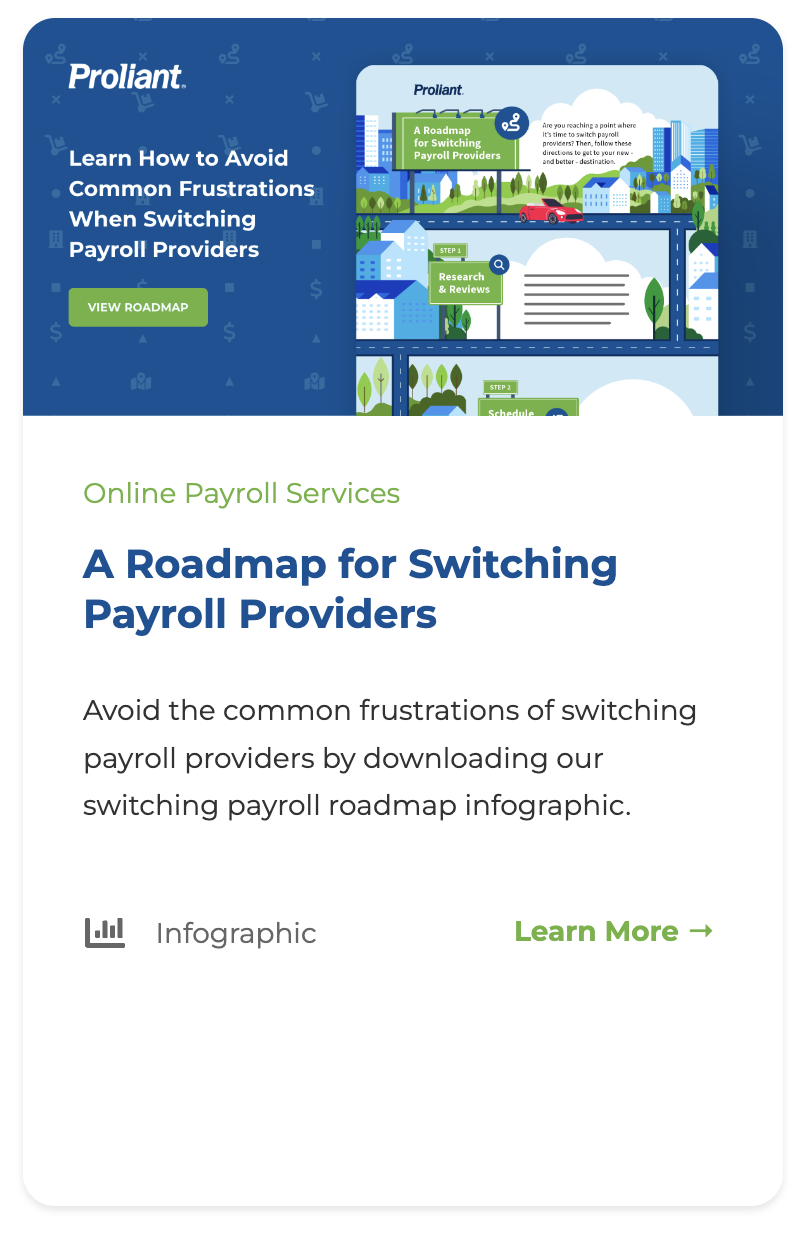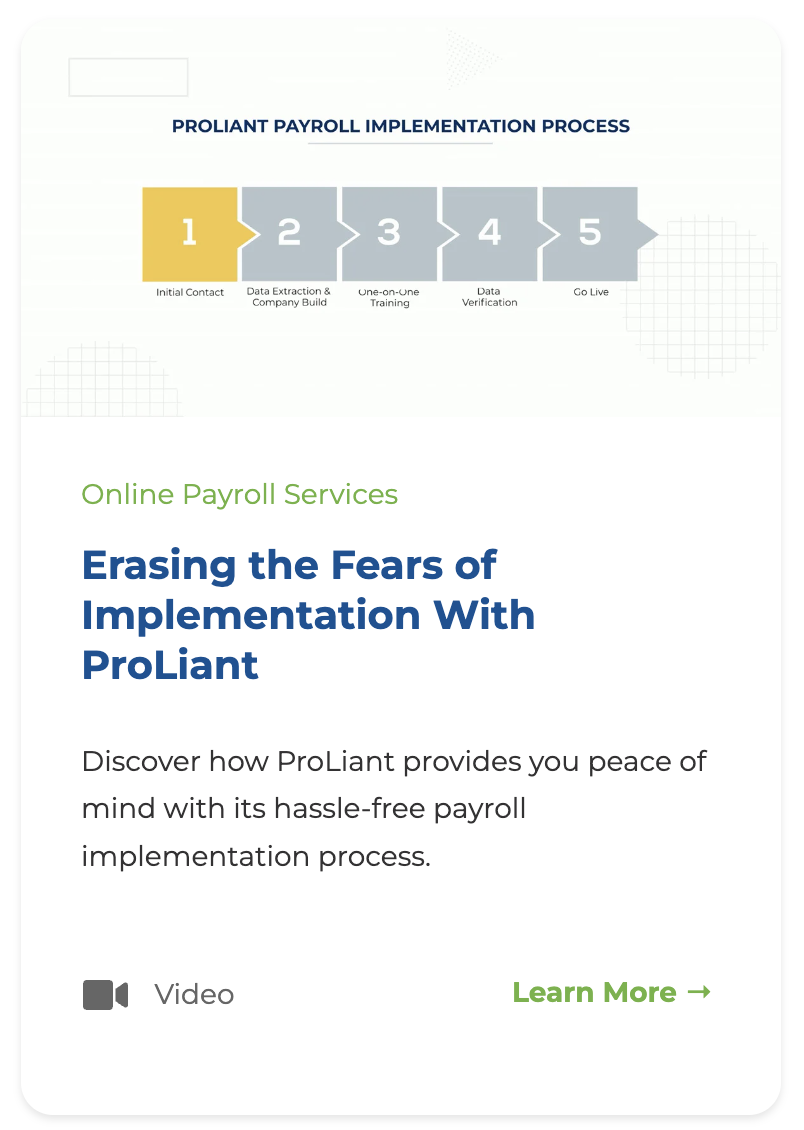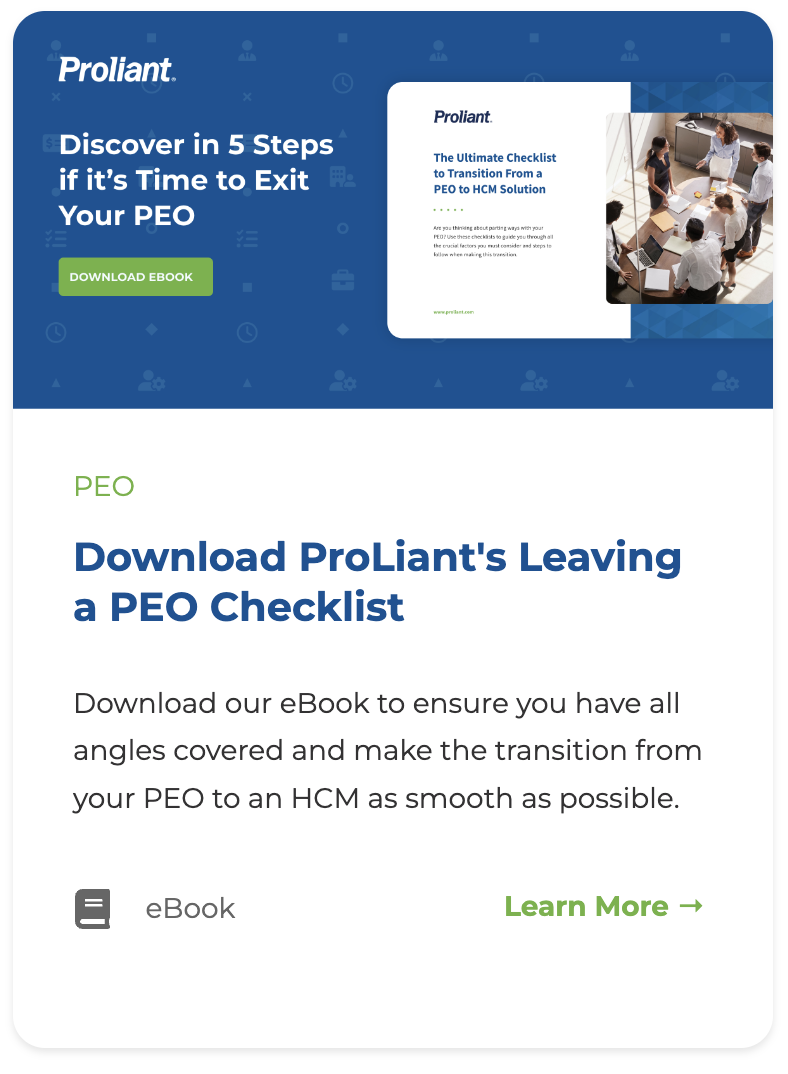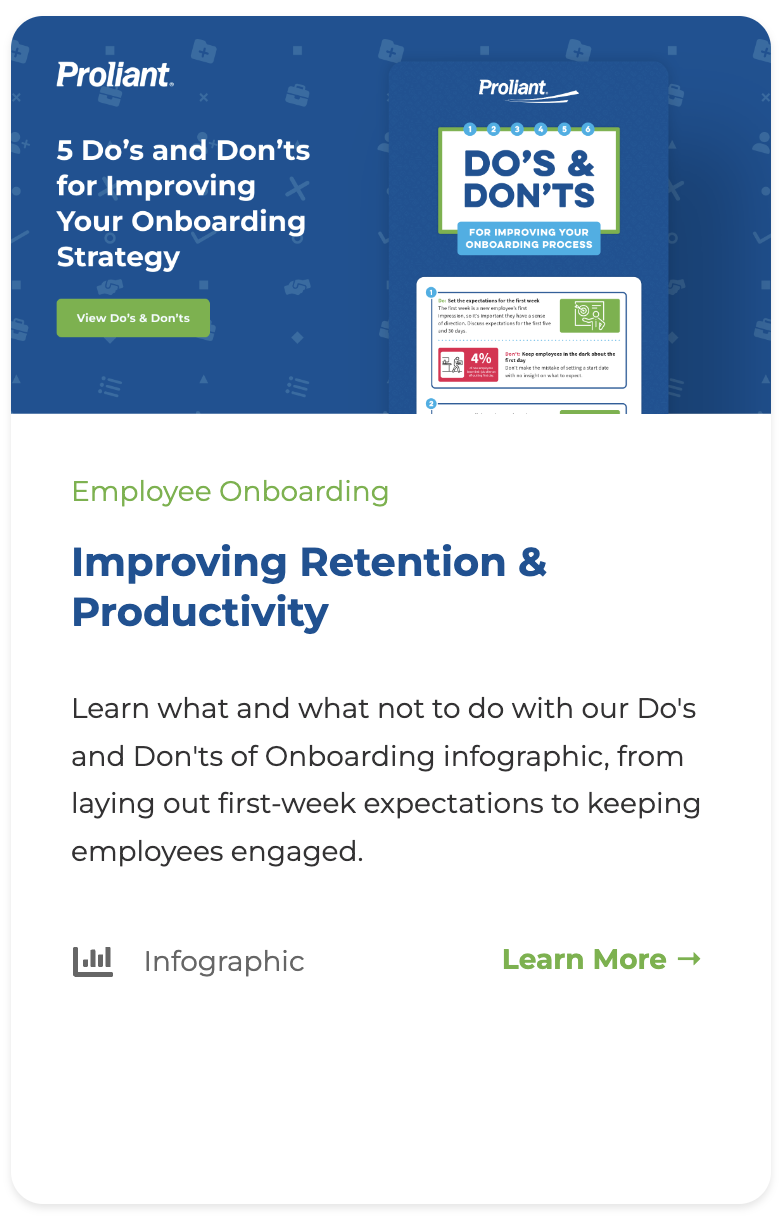Stage 4: Performance Management
Performance management is a crucial aspect of the Employee Lifecycle, encompassing the processes and strategies used to set expectations, assess performance, provide feedback, and support employee development. While traditional performance management practices have their merits, they often come with challenges that can hinder effectiveness and employee engagement. One common challenge in traditional performance management is the reliance on annual or semi-annual performance reviews. These reviews can be time-consuming and subjective, leading to delays in feedback and missed opportunities for improvement. Additionally, traditional performance management practices may lack clarity in goal setting and alignment with organizational objectives, making it difficult for employees to understand expectations and track progress effectively. Performance Reviews Shouldn’t be a 'One and Done' Exercise provides further insights into the drawbacks of infrequent performance evaluations and advocates for more continuous feedback processes.
One common challenge in traditional performance management is the reliance on annual or semi-annual performance reviews. These reviews can be time-consuming and subjective, leading to delays in feedback and missed opportunities for improvement. Additionally, traditional performance management practices may lack clarity in goal setting and alignment with organizational objectives, making it difficult for employees to understand expectations and track progress effectively.
Online HR Services offer a holistic solution to these challenges by streamlining performance evaluation processes and providing tools for continuous feedback and goal setting. These platforms automate performance reviews, empowering HR professionals and managers to conduct timely and insightful assessments. By digitizing evaluations, organizations eradicate paperwork, lessen administrative burden, and ensure fairness. Furthermore, organizations aiming to cultivate communication and collaboration can discover actionable steps in 4 Steps to Building a Strong Culture of Communication and Collaboration. Moreover, those seeking to elevate their performance management practices and ensure efficacy in measuring employee performance can benefit from the article Are You Measuring Your Employees' Performance or Winging it? This resource offers pragmatic guidance and strategies for implementing structured, data-driven approaches to performance evaluation.
Online HR Services provide a comprehensive solution to these challenges by streamlining performance evaluation processes and offering tools for continuous feedback and goal setting. These platforms automate performance reviews, enabling HR professionals and managers to conduct timely and meaningful assessments. By digitizing evaluations, organizations eliminate paperwork, reduce administrative burden, and ensure fairness. Moreover, leaders aiming to enhance feedback and coaching effectiveness can benefit from insights offered in Unlocking Leadership Success: How Emotional Intelligence Makes a Difference.
Furthermore, Online HR Services often include performance management modules that support goal setting and feedback. These modules allow organizations to set SMART (Specific, Measurable, Achievable, Relevant, Time-bound) goals for employees and track progress towards these goals over time. Additionally, performance management modules provide mechanisms for managers to provide regular feedback and coaching to employees, fostering continuous improvement and development.
In summary, Online HR Services offer a more streamlined and effective approach to performance management, addressing common challenges associated with traditional practices. By leveraging performance management modules and automation tools like Proliant’s Performance Management, organizations can improve transparency, accountability, and employee engagement in the performance evaluation process, ultimately driving performance and achieving business objectives. For further insights into performance management and strategies to create a memorable experience for your team members, explore Proliant's Guide to Performance Management.

